Please note that Creedmoor Psychiatric Hospital, now known as Creedmoor Psychiatric Center, is still an active facility for the mentally ill. This post only addresses the abandoned hospital buildings on the property and is in no way meant to reflect on the current state of the institution. I do not wish to cause any harm, discomfort or unwanted attention to current patients and staff and I have made an effort to respect their privacy as much as possible. Please do not contact me for information regarding entry into the abandoned section. The grounds are patrolled and trespassing tickets are frequently issued.
In a city as maniacal about real estate as New York, I’m always surprised by how many massive abandoned buildings (and entire swaths of land) there are. Creedmoor has multiple abandoned buildings on its property, smack in the middle of Queens.
Creedmoor’s earliest incarnation was as a shooting range for the NRA and National Guard. Creed’s Farm was acquired in 1872 by the National Rifle Association that had begun a year earlier. Thinking the land resembled a moor, the property quickly became known as Creedmoor.
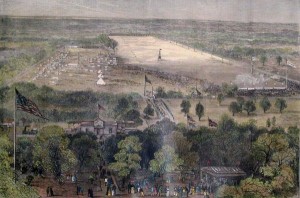
Harper’s Weekly illustration of the Amateur Rifle Club shooting match on the Creedmoor property in 1877. Photo c/o Brooklyn Genealogy
The NRA and National Guard used the land as a shooting range for 20 years until it was deeded back to New York State in 1892 due to neighborhood noise complaints and the public’s shift in interest towards other spectator sports like baseball and boxing. (For the next 40 years, the NRA mostly just dicked around with rifle clubs and youth programs until the passage of the National Firearms Act in 1934 and became the controversial NRA we know today.)
Creedmoor began as a psychiatric facility in 1912 as the farm colony of the Brooklyn State Hospital, where 32 patients lived and worked full time. Farm colonies developed out of the belief that mental illness could be treated with a healthy, outdoor lifestyle of work and fresh air. These colonies were the preferred method of treatment until hospital overcrowding, modern medicine, and financial difficulties and misappropriations became rampant in the mental health industry.

Patients working outside at the infamous New York City Farm Colony on Staten Island. Photo c/o silive.com
The number of patients at Creedmoor multiplied quickly and by 1918, patients were being housed in the abandoned National Guard barracks until new dormitories were constructed. Throughout the ’30s and ’40s, the population of Creedmoor grew faster than staffing and housing conditions could keep up with. Overcrowding led to unsanitary conditions and allegations of abuse. By the end of the 1950s, Creedmoor housed more than 7,000 patients, most of whom were erroneously diagnosed with schizophrenia, as evident on the admission cards scattered on a bathroom floor.
Schizophrenia was widely over-diagnosed before modern psychology and medicine identified and classified other disorders previously considered to be schizophrenia, such as autism, bipolar disorder, anxiety, OCD, etc… Almost all of the admission cards I read at Creedmoor that predated 1970 had labeled the patients as schizophrenic.
The 1960s saw a sharp decline in the population of psychiatric hospitals due to defunding, in conjunction with the discovery of Thorazine, and the general redefinition and understanding of ‘lunacy.’ (Previously, illnesses such as epilepsy and alcoholism -to name a few of many- were treated the same as mental illness.) The decline in population did not improve living conditions at Creedmoor, as one might expect. Instead, the environment became increasingly dangerous for both patients and staff, due to abuse and crime committed by both parties.
According to the New York Times, in 1974, when there were about 2,200 patients at Creedmoor, “Senator Frank Padavan…charged that in the last 20 months there had been three rapes of patients by employees, 22 assaults, 16 “incidences of muggings, molesting and vandalism,” 52 fires with arson suspected, 130 burglaries and thefts, six suicides, a shooting, a riot, and an attempted murder.” These statistics were backed by the director of Institution Services, but the director of Creedmoor said the figures were “somewhat exaggerated.”
In the following decade, certain sections of Creedmoor became increasingly dangerous, specifically ward 74, which housed the most violent patients. Understaffing resulted in the inability to control patients who frequently attacked staff, while, in turn, the under-training of staff led to widespread abuse of patients. According to a 1984 NYT article, ”a nurse’s aide in [ward 74] said she had watched, horrified, as mentally ill patients were beaten by orderlies – sometimes with weapons.” Patients [were] thrown against cinder-block walls and roughed up as they were placed in padded seclusion rooms.”
The list of abuses gets more egregious as the article continues, but the hospital saw a radical change in policy and staff training after a patient was struck in the throat and killed by an orderly in an attempt to restrain him. The poor living conditions were not limited to ward 74 though, as documented in Susan Sheehan’s Is There No Place on Earth for Me? which follows the life of a young woman supposedly suffering from schizophrenia who was admitted to Creedmoor seven times.
As state budgets for psychiatric hospitals decreased and deinstitutionalization increased, the population continued to dwindle and buildings were shut down or sold off and reallocated to other public services. Currently, the Creedmoor Psychiatric Center only houses a few hundred patients (who I assume live under much better conditions) and offers a variety of programs and assistance for the mentally disabled.
Some before/afters of Creedmoor. Before photos c/o Asylum Projects, after photos are mine.
Building 25 (not pictured above) is Creedmoor’s most notorious abandoned building, although there are a few others on the campus. Building 25 has been well documented already, so I’ll try to cover some of the less popular buildings, but let’s get 25 out of the way first.
The first floor of Building 25 is lousy with wheelchairs. They’re stacked in corners, piled in rooms, and shoved into fallout shelters. Most of the chairs are basic 60′s/70′s/80′s models but there were a few older ones here and there.
Every time I write about an abandoned place, I fall into at least two or three rabbit holes of unnecessary research and sometimes I lose entire days down there. I just like to know all the stuff. I only lost an hour to reading about the history of wheelchair designs, info of which I’ll spare you, but I will note that wooden wheelchairs were used until 1933 when an engineer named Harry Jennings created the first lightweight, steel, collapsable wheelchair for his buddy who’d been paralyzed in a mining accident. What a good friend! Also, an early name for the wheelchair was “invalid carriage,” which sounds very quaint, but being confined to a wheelchair in the olden days was often a death sentence.
If you do an image search for Creedmoor, you will see this same photo many times from many different angles, so while it might look cool, it’s the explorer’s equivalent of a tourist’s photo of the Empire State Building.
Somewhere on the second or third floor is a small printing room full of letterpress drawers, a small lithography machine, typewriters from different eras, an old cash register, and other printing paraphernalia.
This machine is a Multilith Model 85 offset duplicator…
and this is the face every secretary made in 1964 while using it to make copies of business stuff they weren’t allowed to participate in:
Building 25 is shaped like this: ++ and at the end of each hall are day rooms where non-violent patients spent their free time. Many of the day rooms had murals painted on the walls.
Some random day room shots:
If you zoned out, start paying attention now, I promise it’s worth it.
At first blush, this top floor dayroom looks empty, like it’s the most boring room in the whole hospital, but take a closer look at the floor… It’s SOLID BIRD POOP.
This unique avian fecal matter flooring was carefully crafted over 40 years by thousands of goddamn pigeons just shitting all over the place.
The droppings are piled on every single surface, three to four feet high in some areas. I’d like to request at this time that readers kindly refrain from informing me about respirator masks as if I’ve never heard of them before.
Do you know what happens when you’re frequently exposed to bird poop? You get ‘Bird Fancier’s Lung.’ Yeah, that’s really what it’s called! When you repeatedly inhale the “dry dust of avian fecal proteins,” your lungs become inflamed with infection, and in occasional cases, it can be fatal. It’s also known as ‘Pigeon Breeder’s Lung,” since pigeon poop is the biggest offender because pigeons are filthy sky rats that eat garbage. But haha, ‘bird fancier’s lung,’ like you fancy birds so much that you’ll tolerate living sequestered in their turds.
Taking photos in the dark usually involves some false light trickery that I did not have time for, so I threw this crappy photo in here just so you know what one of the dark floors really looks like. The basement/first floor of Building 25 is completely devoid of light and only navigable by flashlight. It’s where most of the beds and old medical equipment have been stashed.
That’s it for building 25, however you can see a lot more photos on flickr. Now moving on…
(To all urban explorers, I’m sorry, but I had to post the above photo. I know we all have some version of this pic, and we even know who’s responsible for it, but I couldn’t resist.)
This building served as a developmental center and was much more recently abandoned, as indicated by newspaper clippings for Obama on the walls and various other pamphlets and photos scattered about, along with dated artwork. Creedmoor currently showcases patient art in the The Living Museum.
Artwork is in almost every building and room, whether discarded, hung or painted directly onto the walls. But my favorite piece of art at Creedmoor was not done by a patient, but instead, the resident janitor:
This was hanging in underground basement level in the janitor’s room. It was definitely hand-drawn with a pencil, however, its origins are questionable. I ran it by my cartoonist pals, none of whom could place it, but agreed it looks familiar and it’s possible it’s a tracing of an old Playboy cartoon. Or maybe it’s not, maybe it’s just an amazing lil’ doodle by a pervert janitor. If anyone has any info about it, please contact me, I’d love to solve this delightful mystery.
A CPR dummy in a pitch dark basement tunnel. When illuminated with a flashlight, it may or may not have caused a certain person who may or may not have been me to make their first audible squeal of fright in years of exploring but I don’t want to talk about it.
I’ll stop here since this post is already really long, but you can see more photos in the Creedmoor flickr set.
Disclaimer: If any information is incorrect, if you have more info, or if you’d just like to tell me something, feel free to contact me.
To support my work and see new comics, go here. To buy books, original artwork, merch, and more, visit my website store. Follow me on instagram.



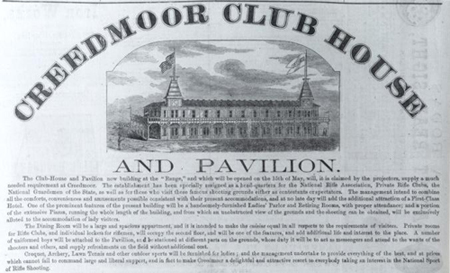
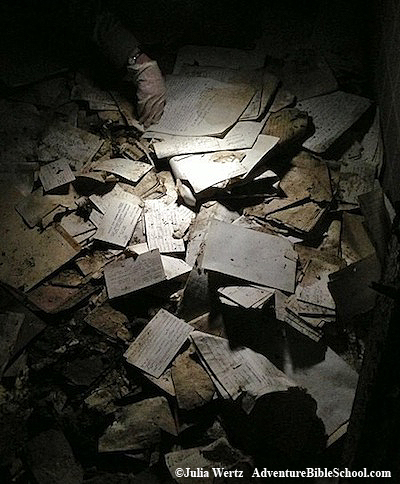

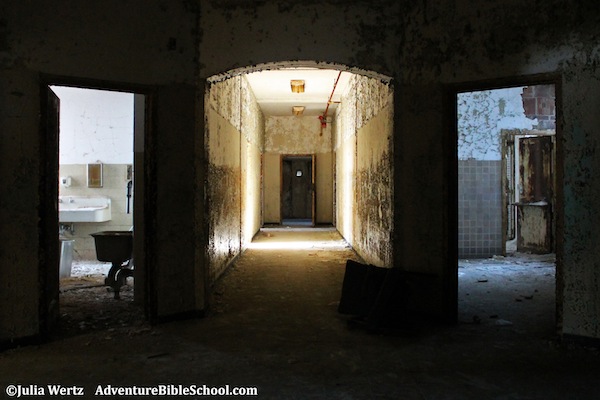






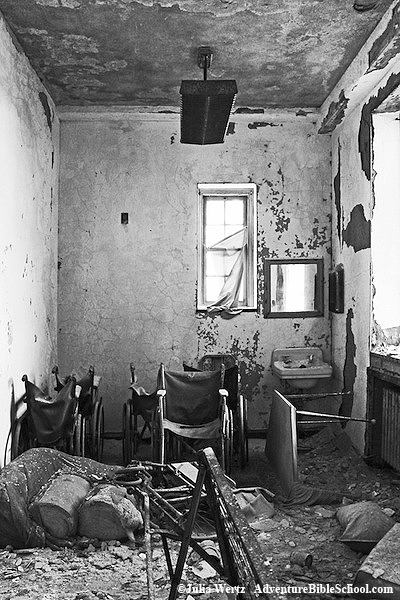
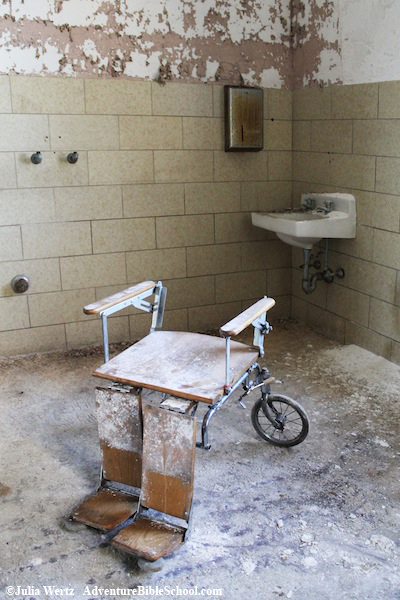











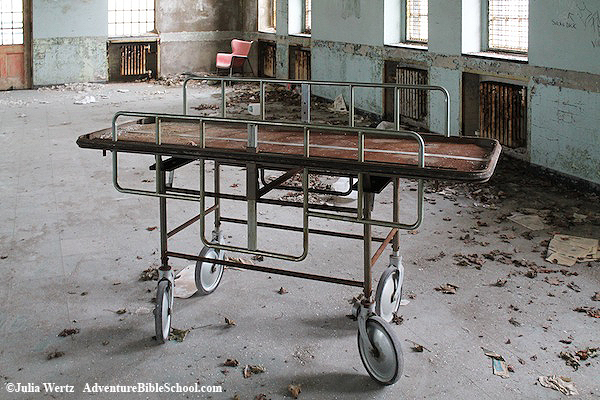





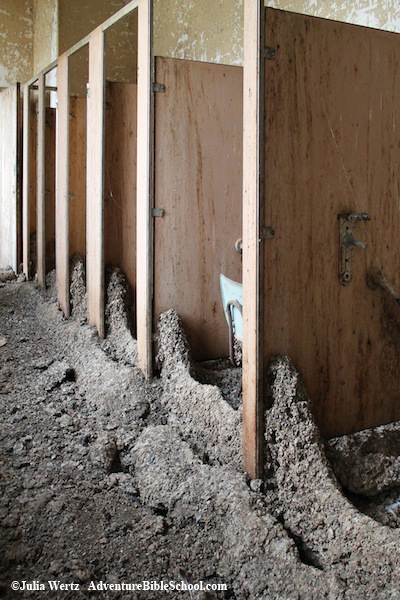





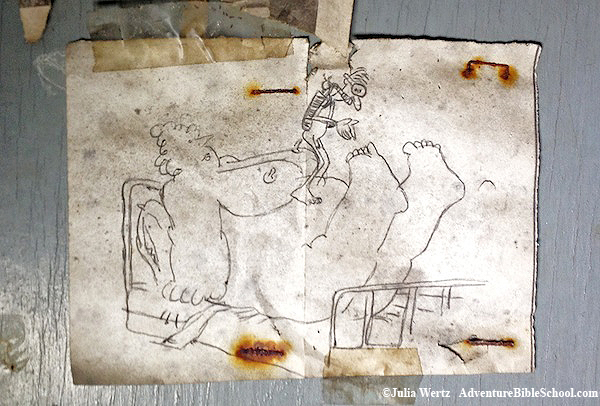
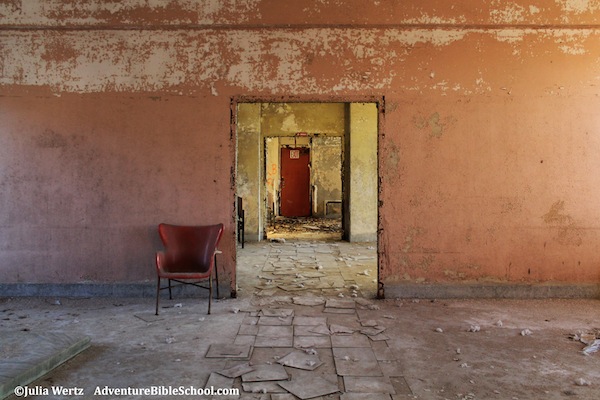
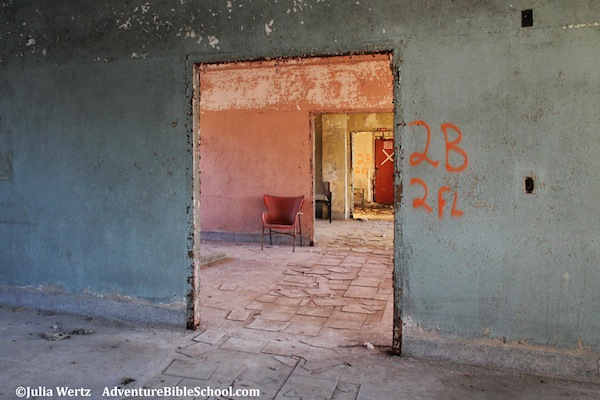
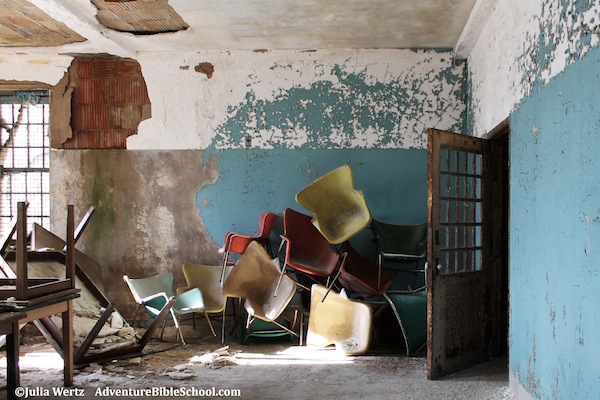




Sorry, the comment form is closed at this time.